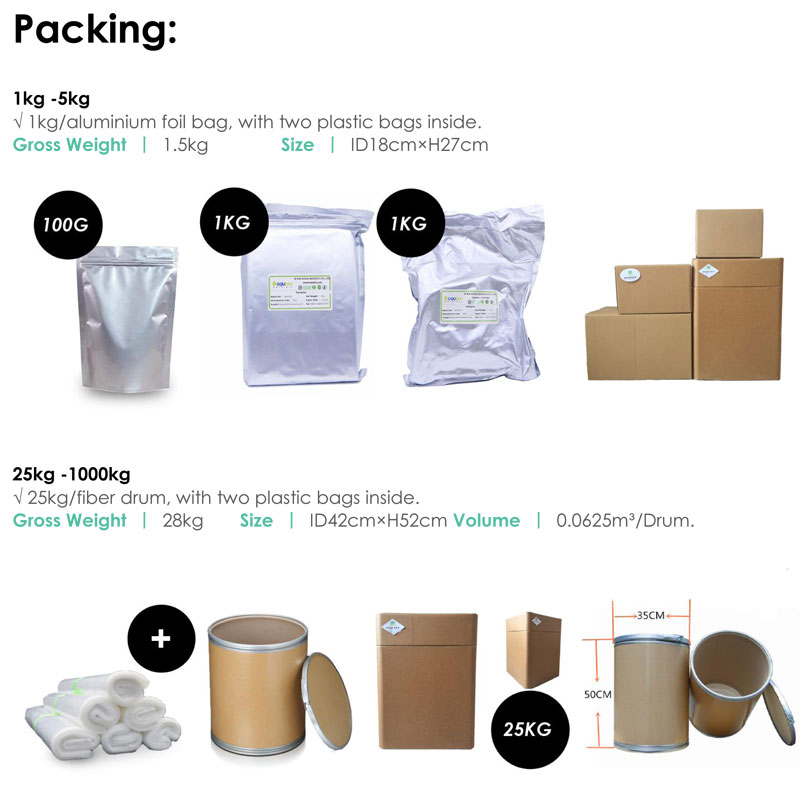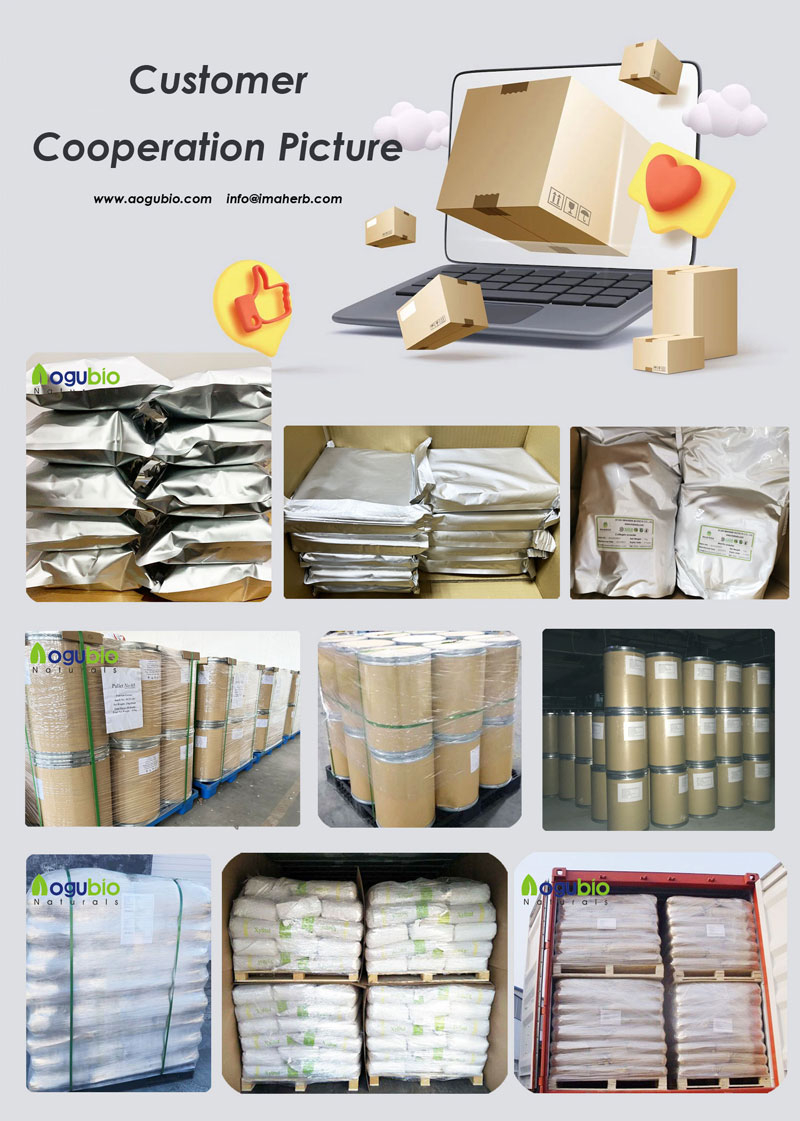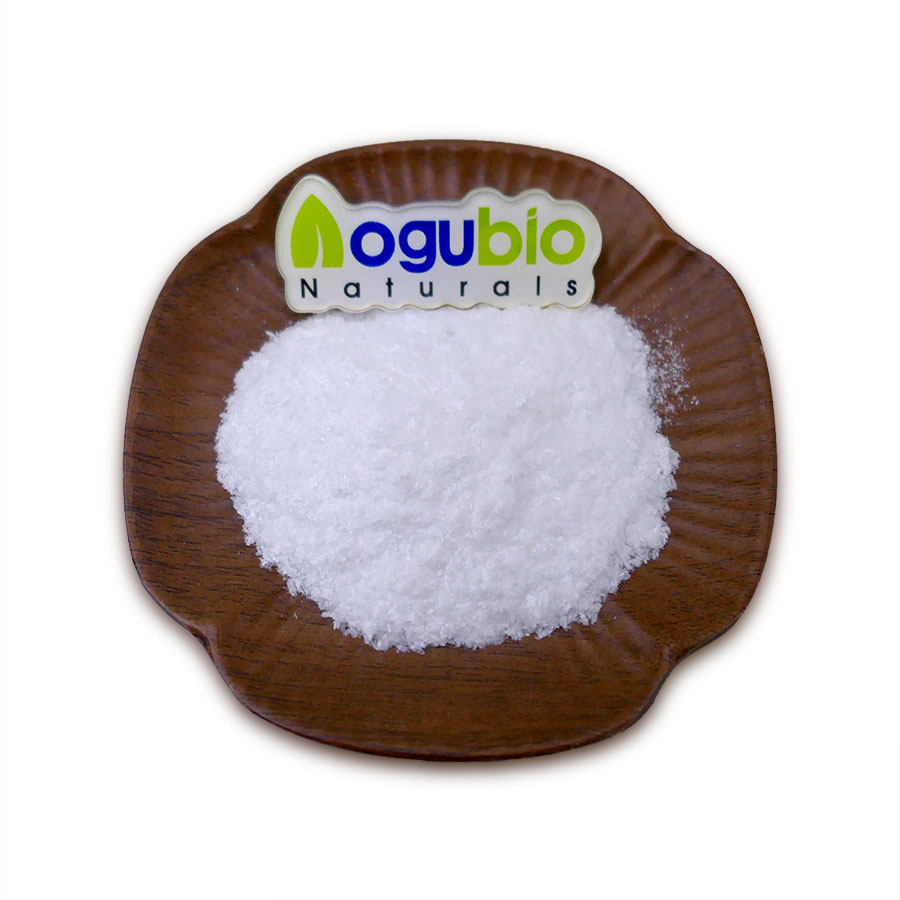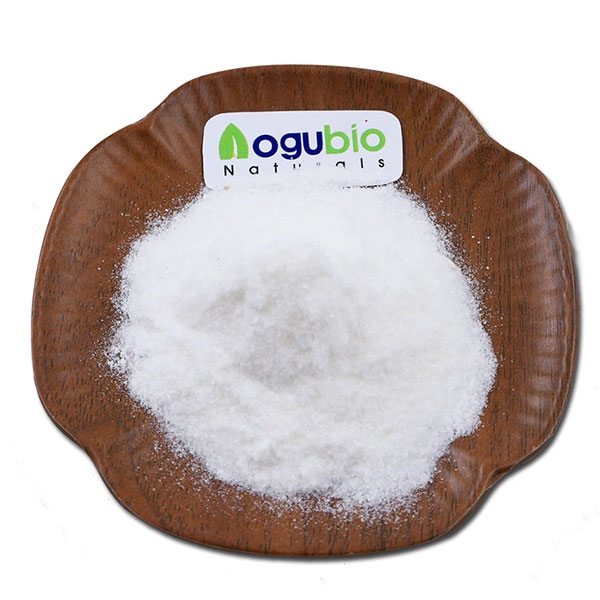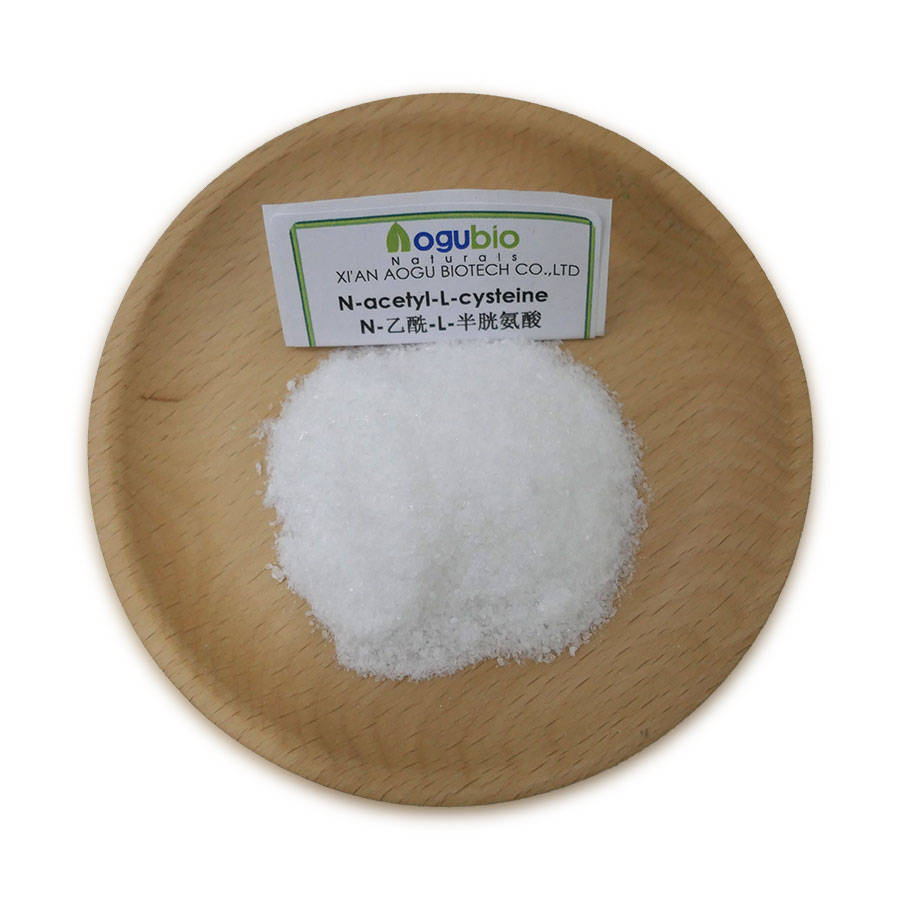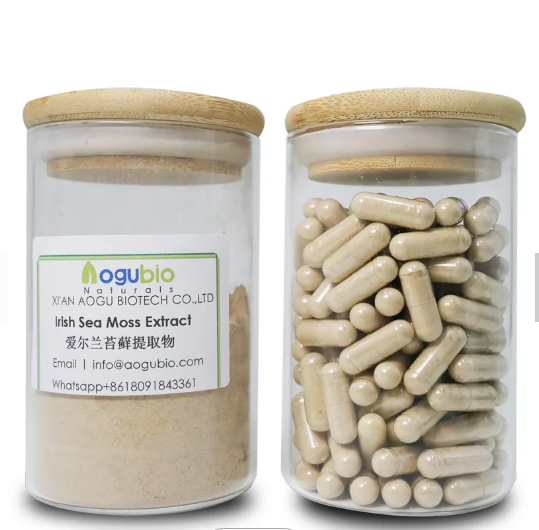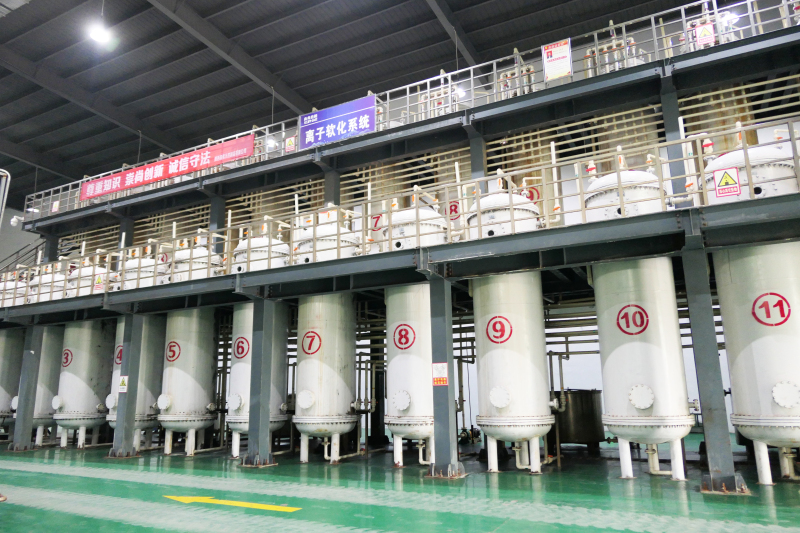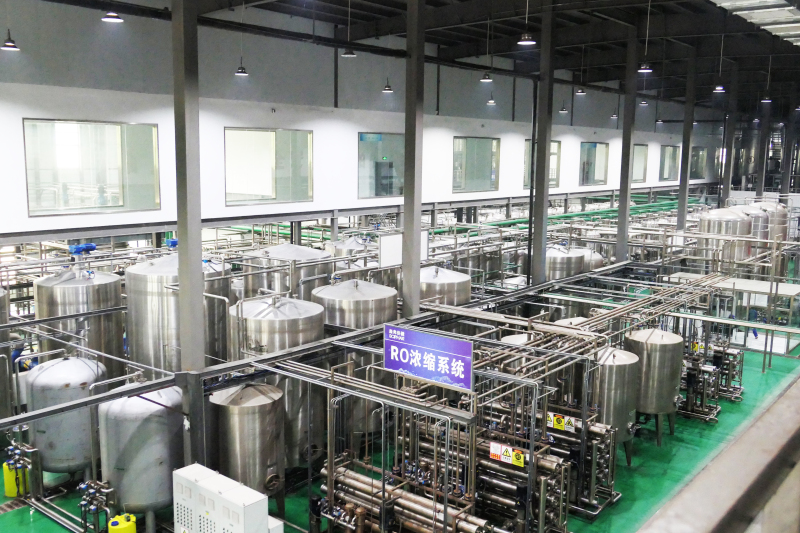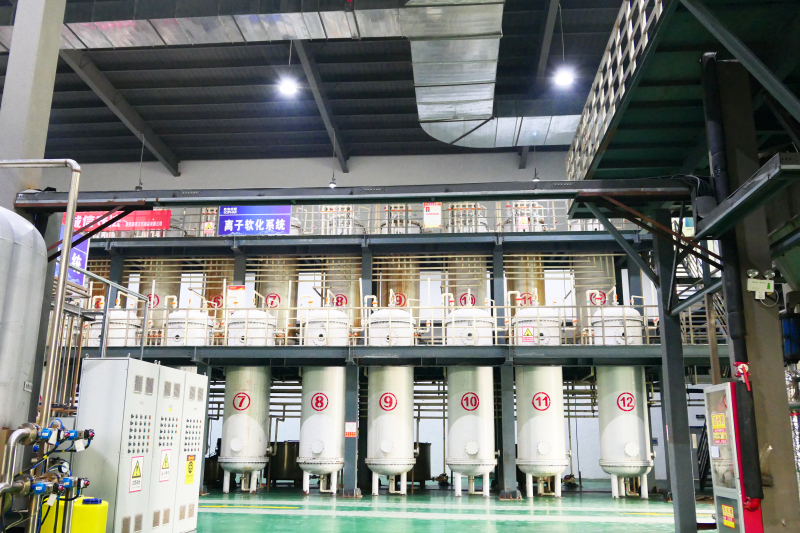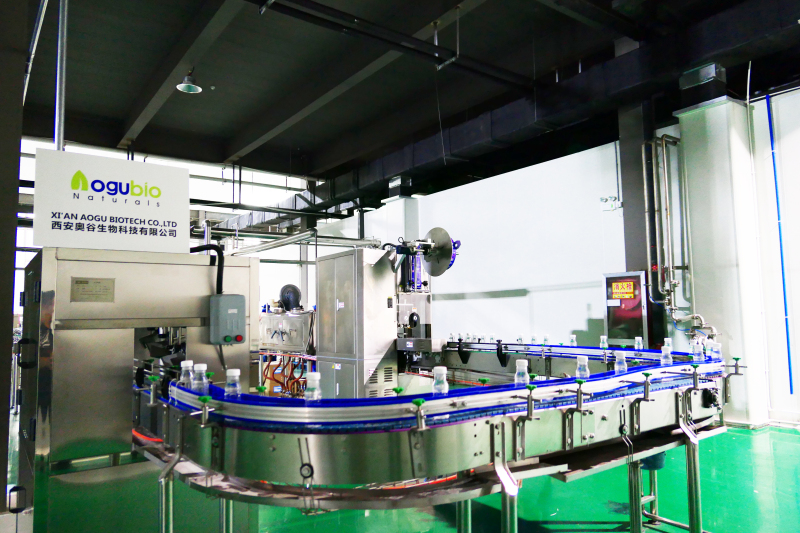The Ultimate Guide to Using Kojic Acid Dipalmitate for Skin Lightening
The Ultimate Guide to Using Kojic Acid Dipalmitate for Skin Lightening
Skin lightening has become a popular trend in the beauty industry, and many individuals are constantly on the lookout for effective products that can help them achieve a brighter complexion. One such ingredient that has gained recognition for its skin lightening properties is Kojic Acid Dipalmitate. In this ultimate guide, we will explore the benefits, usage, and potential side effects of Kojic Acid Dipalmitate for achieving a fairer and more radiant skin tone.
Kojic Acid Dipalmitate is a chemical compound that is widely used in cosmetics for its sunscreen and antioxidant properties. Aogubio, a specialized company in the production and distribution of active substances, raw materials, plant extracts, nutraceuticals, and other products for various industries, including cosmetics, recognizes the potential of Kojic Acid Dipalmitate in achieving desired skin lightening effects.
When it comes to skin lightening, it is important to understand the functionality and efficacy of Kojic Acid Dipalmitate in cosmetics. This compound primarily works as an antioxidant, protecting the skin from harmful factors such as UV rays and free radicals. As we all know, exposure to the sun's rays can contribute to skin darkening and the formation of pigmentation. By incorporating products with Kojic Acid Dipalmitate into your skincare routine, you can shield your skin from these damaging effects, ultimately slowing down the aging process and improving the overall texture and elasticity of your skin.
The side effects of Kojic Acid Dipalmitate are relatively minimal when used in low concentrations. At high concentrations, however, it may cause irritation or allergic reactions. It is important to note that Kojic Acid Dipalmitate does not directly cause acne, but if combined with certain ingredients, it may increase the risk of acne breakouts. For those with sensitive skin, it is recommended to conduct a patch test before incorporating this ingredient into your skincare regimen.
Aogubio understands the significance of safety in skincare products. Therefore, they ensure the appropriate usage of Kojic Acid Dipalmitate in their formulations, avoiding concentrations that may cause adverse reactions. Trustworthy brands often incorporate this ingredient in their sunscreens, day creams, moisturizers, lotions, and other skincare items, ensuring that the product is effective yet gentle on the skin.
There are a few tips to keep in mind when using Kojic Acid Dipalmitate for skin lightening. First and foremost, consistency is key. Like any other skincare product, results may not be immediate, and it may take several weeks or even months to notice a significant change in skin tone. Patience and persistence are vital in achieving the desired results.
Secondly, it is crucial to follow a comprehensive skincare routine that includes cleansing, toning, and moisturizing. By incorporating Kojic Acid Dipalmitate into each step, you allow the ingredient to work continuously and effectively in lightening the skin. Additionally, always remember to wear sunscreen, particularly when using products containing Kojic Acid Dipalmitate, as it helps to enhance the results and protect your skin from further damage.
Lastly, it is essential to maintain an overall healthy lifestyle. Eating a balanced diet, drinking plenty of water, and getting sufficient sleep can significantly contribute to the efficacy of skincare products, including those containing Kojic Acid Dipalmitate. Taking care of your skin from the inside out can enhance and prolong the effects of any skincare regimen you follow.
In conclusion, Kojic Acid Dipalmitate has proven to be a valuable ingredient in the quest for achieving brighter and more radiant skin. Aogubio, a reputable company specialized in producing and distributing various active substances, recognizes the potential and benefits of this ingredient, ensuring its appropriate usage in their formulations. By incorporating products containing Kojic Acid Dipalmitate into your skincare routine, you can protect your skin from harmful factors, slow down the aging process, and ultimately achieve a fairer and more even skin tone. Remember to conduct a patch test and practice consistency for best results, and always prioritize overall skin health by following a comprehensive skincare regimen.
Products Description
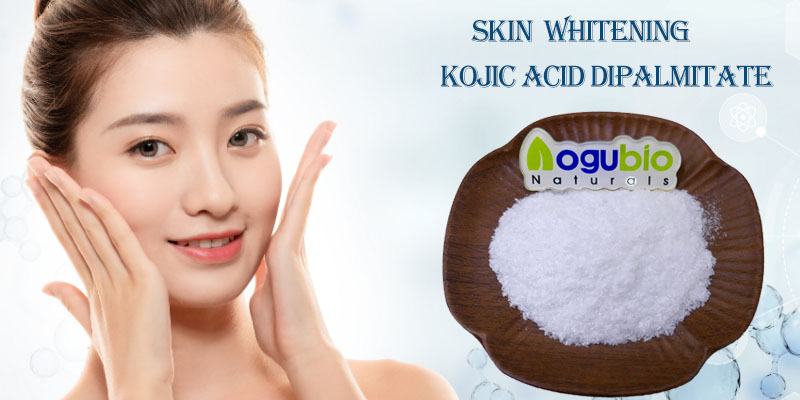
Kojic acid dipalmitate is modified kojic acid derivative,which not only overcomes the instability to light, heat and metallic ion, but also keeps the inhibitory tyrosinase activity and prevents the forming of melanin. Kojic dipalmitate owns stable chemical property. It will not turn yellow for oxidation, metallic ion, illumination and heating.
Function
- kojic acid dipalmitate is a kind of specialized inhibitor for melanin. It can prevent the tyrosinase activity through synthesizing with copper ion in the cells after it enters skin cells. Kojic acid and its derivative has better inhibitory effect on tyrosinase than any other skin whitening agents.
- kojic acid dipalmitate can also eliminate free radical, strengthen cell activity of cell and keep the food fresh.
BASIC ANALYSIS
|
ANALYSIS
|
SPECIFICATION
|
RESULTS
|
|
Appearance
|
White Powder
|
Complies
|
|
Odor
|
Characteristic
|
Complies
|
|
Tasted
|
Characteristic
|
Complies
|
|
Assay
|
99%
|
Complies
|
|
Sieve Analysis
|
100% pass 80 mesh
|
Complies
|
|
Loss on Drying
|
5% Max.
|
1.02%
|
|
Sulphated Ash
|
5% Max.
|
1.3%
|
|
Extract Solvent
|
Ethanol & Water
|
Complies
|
|
Heavy Metal
|
5ppm Max
|
Complies
|
|
As
|
2ppm Max
|
Complies
|
|
Residual Solvents
|
0.05% Max.
|
Negative
|
|
Microbiology
|
||
|
Total Plate Count
|
1000/g Max
|
Complies
|
|
Yeast & Mold
|
100/g Max
|
Complies
|
|
E.Coli
|
Negative
|
Complies
|
|
Salmonella
|
Negative
|
Complies
|
Applications
Body/facial care toners, anti-aging preparations, sun protection, after-sun & self-tanning, skin whitening/lightening, treatment for a variety of skin hyperpigmentation conditions or disorders, e.g. solar lentigenes, melasma, chloasma, scars, freckles, age pigment and other local hyperpigmented regions of the skin
